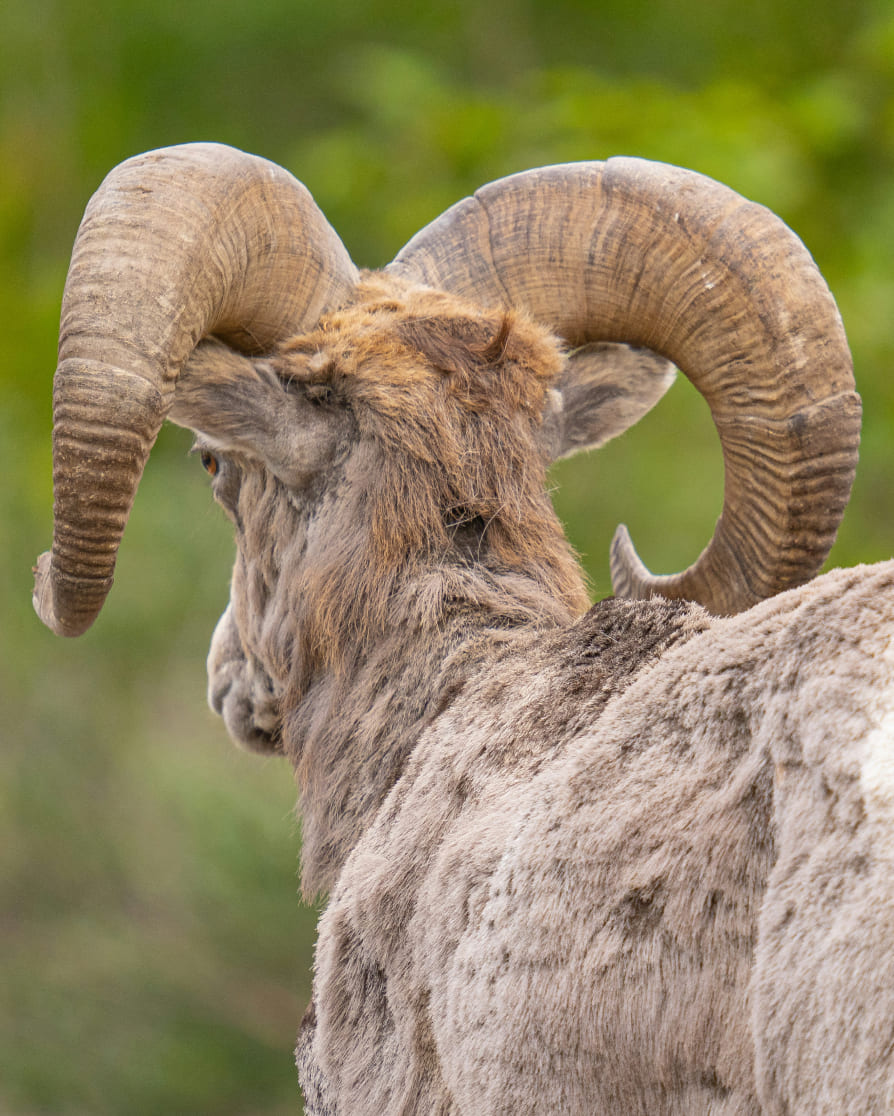Forest and Steppe Sanctuaries

Bighorn Sheep
Bighorn sheep, known for their iconic curled horns and extraordinary climbing ability, are some of the most fascinating inhabitants of mountainous regions. Native to North America, these animals thrive in rugged landscapes, where their agility allows them to escape predators such as mountain lions and wolves. Male bighorn sheep, or rams, are famous for their dramatic headbutting contests during the mating season, which can last for hours and determine dominance within the herd.
These herbivores graze on grasses, shrubs, and mosses, adapting their diet based on seasonal availability. Their ability to scale rocky cliffs not only aids in foraging but also protects them from predators that struggle to navigate steep terrain. Bighorn sheep play a vital ecological role by maintaining vegetation levels and serving as prey for larger predators, contributing to the balance of their ecosystems.
Reserves play a crucial role in protecting bighorn sheep populations. Conservationists focus on controlling diseases such as pneumonia, often spread by domestic livestock, and ensuring sufficient habitat connectivity for migration. Reintroduction programs in areas where populations have declined also help these majestic animals reclaim their natural range.

